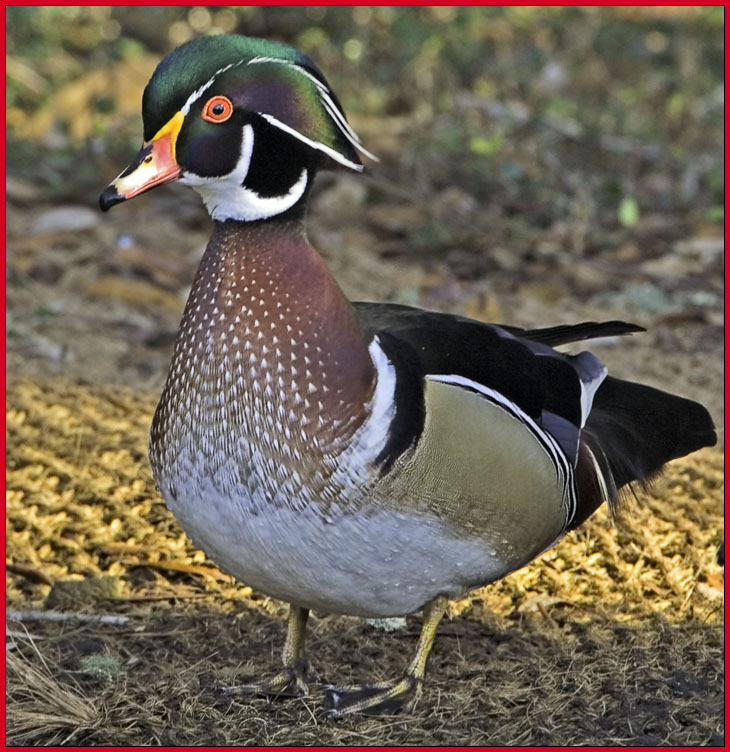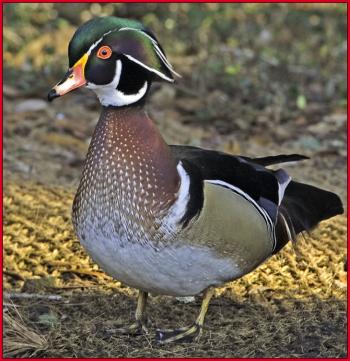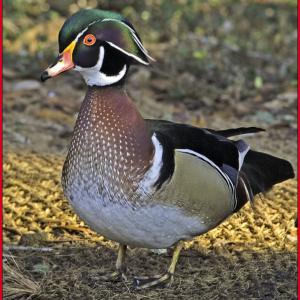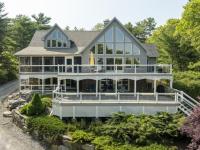A duck that likes big old trees
Ralph Eldridge is the lighthouse keeper on Machias Seal Island, a tiny island about 10 miles off Cutler that is claimed and occupied by Canada. Like most lighthouses, the one on Machias Seal Island is automated, so Ralph’s duties are more limited than in years past. But luckily for birding enthusiasts, Ralph is also a birder who sends his bird reports out to birding listserves so all of us can follow what is going on out there on his cold, rocky Atlantic Ocean outpost.
Recently, Ralph recounted to the Maine birding listserve his sightings of a single male wood duck. There are no major wetlands and certainly no woods or anything that could be called a tree out on Machias Seal Island, and the wood duck ended up rooting around much of the time in Ralph’s newly tilled garden.
About the same time that Ralph reported his out-of-place wood duck, a friend passed along some recent publications about the dwindling numbers of large, old trees in many forests of the world. The authors pointed out that, among many important values of such trees, they provide cavities for many species of birds and other animals for nesting and shelter. There are many reasons for a decline in the density of large, old trees in some areas, including the most obvious being the loss of forest habitat as well as forest harvesting schemes that don’t allow trees to grow to be old and large.
Wood ducks are one of the beneficiaries of forests that have lots of old and large trees. Studies of wood duck nesting preferences have found that all but a small percentage of the millions of wood ducks that now inhabit the U.S. and southern Canada nest in cavities in trees, although a few do use the nest boxes that are placed out for them in some areas. Further, the late Guy Baldassarre wrote in his recently published book, ”Ducks, Geese, and Swans of North America,” that most wood duck nests are in cavities in live (not dead) trees and that large trees have more cavities in them then small trees. In New Brunswick, research showed that the average age of cavity trees was an amazing 230 years!
Another feature of large, old trees is that they often produce lots of seeds, nuts, or fruits. Wood ducks love to eat acorns, and as anyone with a yard next to a big, mature oak tree knows, they can drop a lot of acorns.
The wood duck on Machias Seal Island hopefully found enough food in his short stay there to give him the energy to keep going and get to a spot on the mainland with lots of big, old trees. We are fortunate in our area of midcoast Maine that our forests and the trees that they contain have been growing back since a time a hundred years ago or so when much of the area was without forest cover. Preserves of the Boothbay Regional Land Trust, Edgecomb’s Schmid Preserve, Wiscasset’s Town Forest, and various other conservation lands do now and will in the future hold more and more large, old trees for wood ducks and the many other birds that need them.
Jeffrey V. Wells, Ph.D., is a Fellow of the Cornell Lab of Ornithology. Dr. Wells is one of the nation's leading bird experts and conservation biologists and author of the “Birder’s Conservation Handbook.” His grandfather, the late John Chase, was a columnist for the Boothbay Register for many years. Allison Childs Wells, formerly of the Cornell Lab of Ornithology, is a senior director at the Natural Resources Council of Maine, a nonprofit membership organization working statewide to protect the nature of Maine. Both are widely published natural history writers and are the authors of the book, “Maine’s Favorite Birds.”
Event Date
Address
United States





























